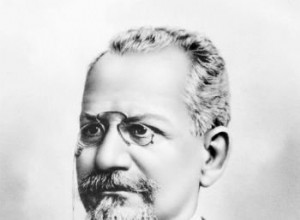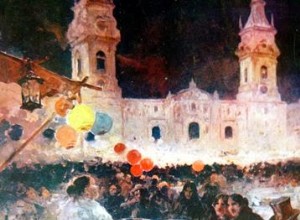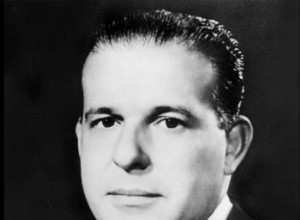The Brazilian Integralist Action (AIB) was a political organization created in 1932 by Plínio Salgado and was the first mass party in Brazil. Initially, they supported the Vargas government. However, with the establishment of the Estado Novo (1937), they promoted the Integralist Levante, which took




